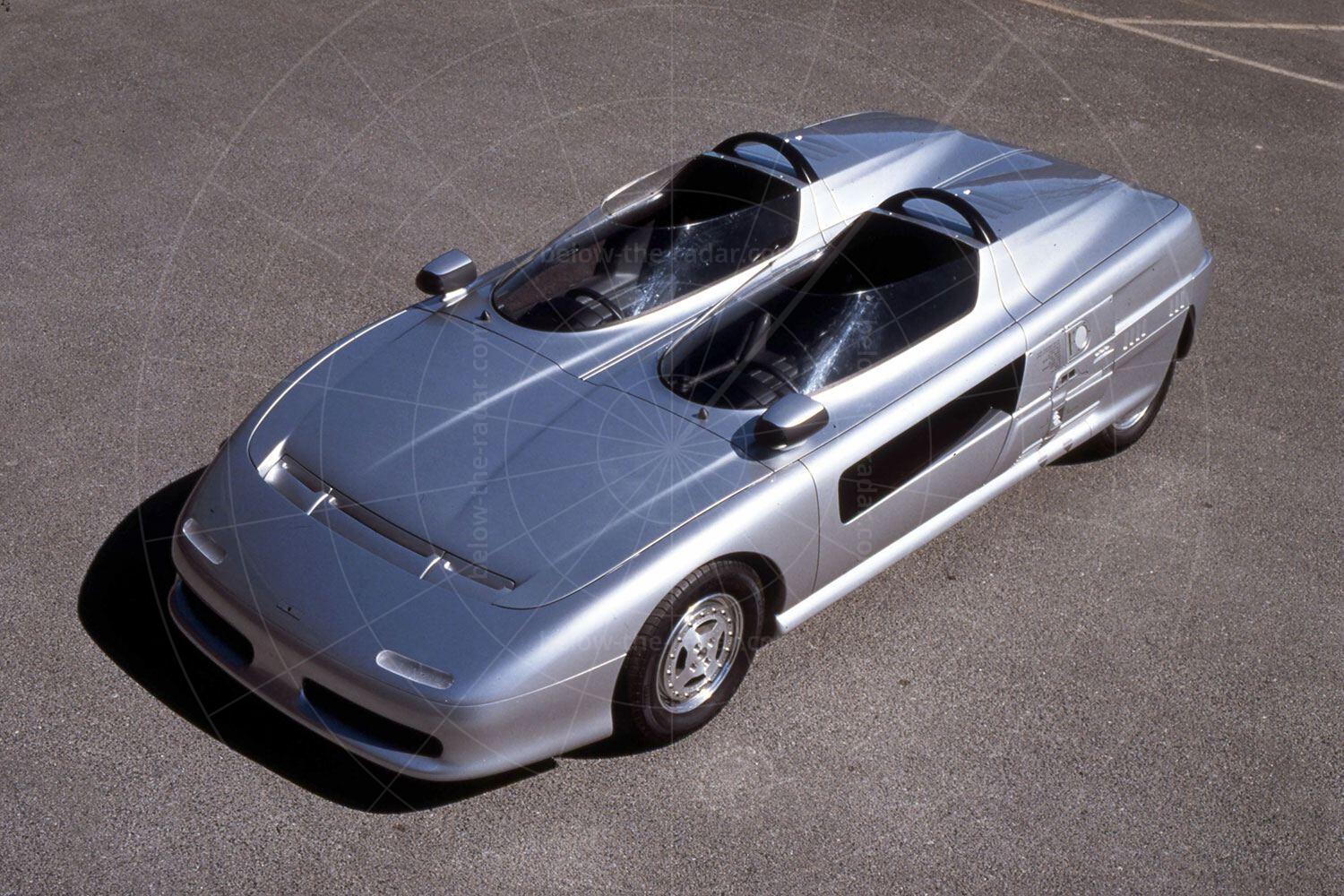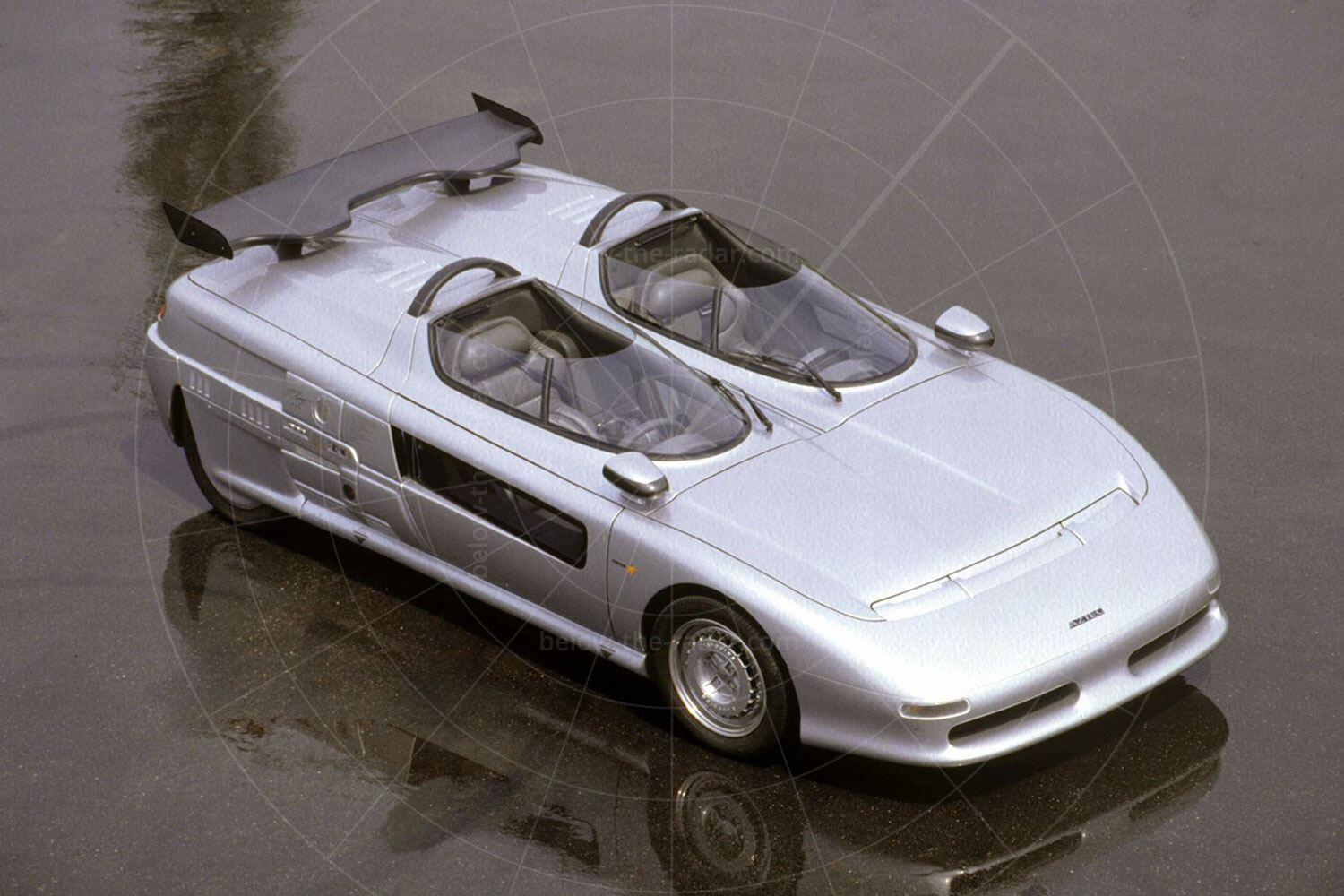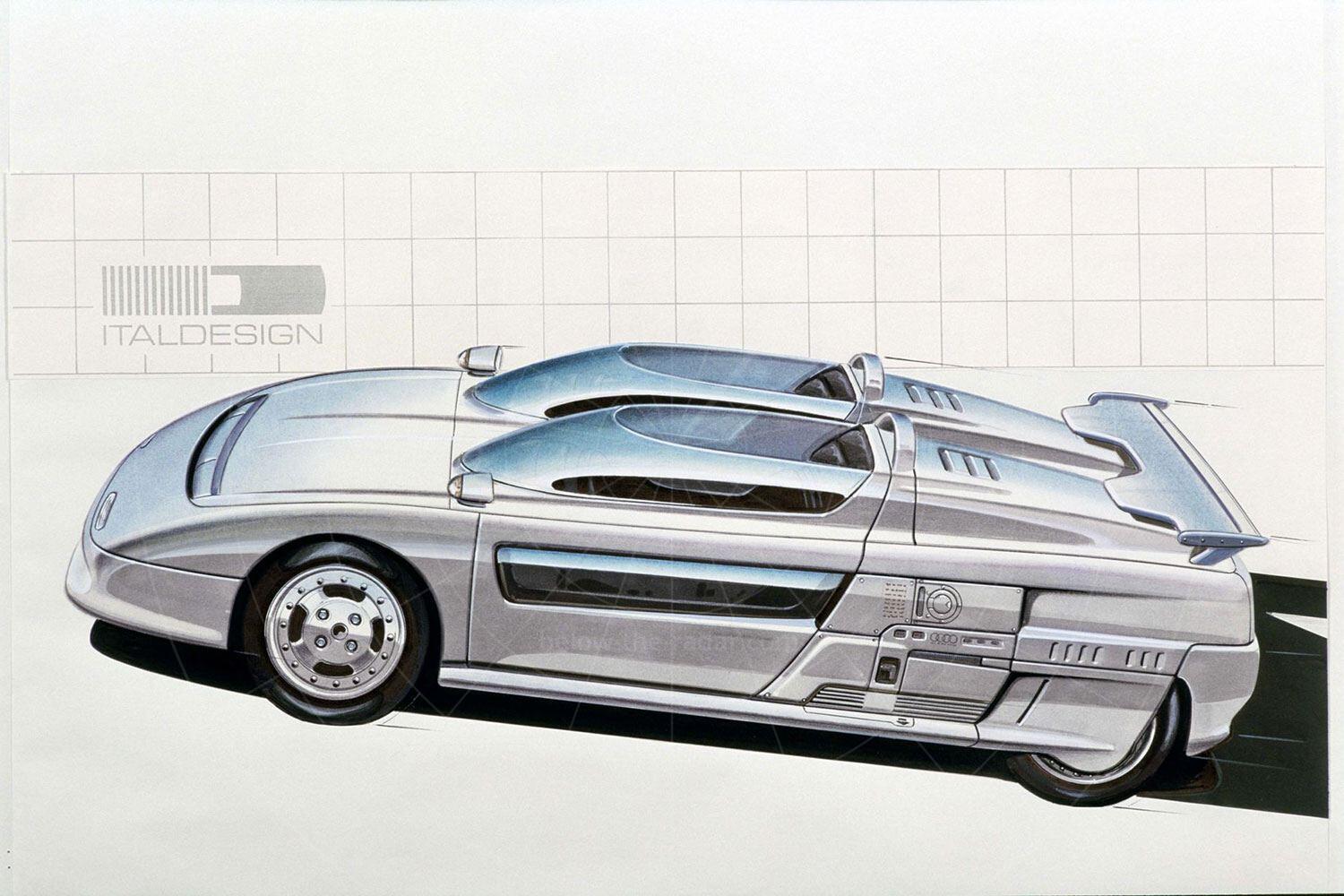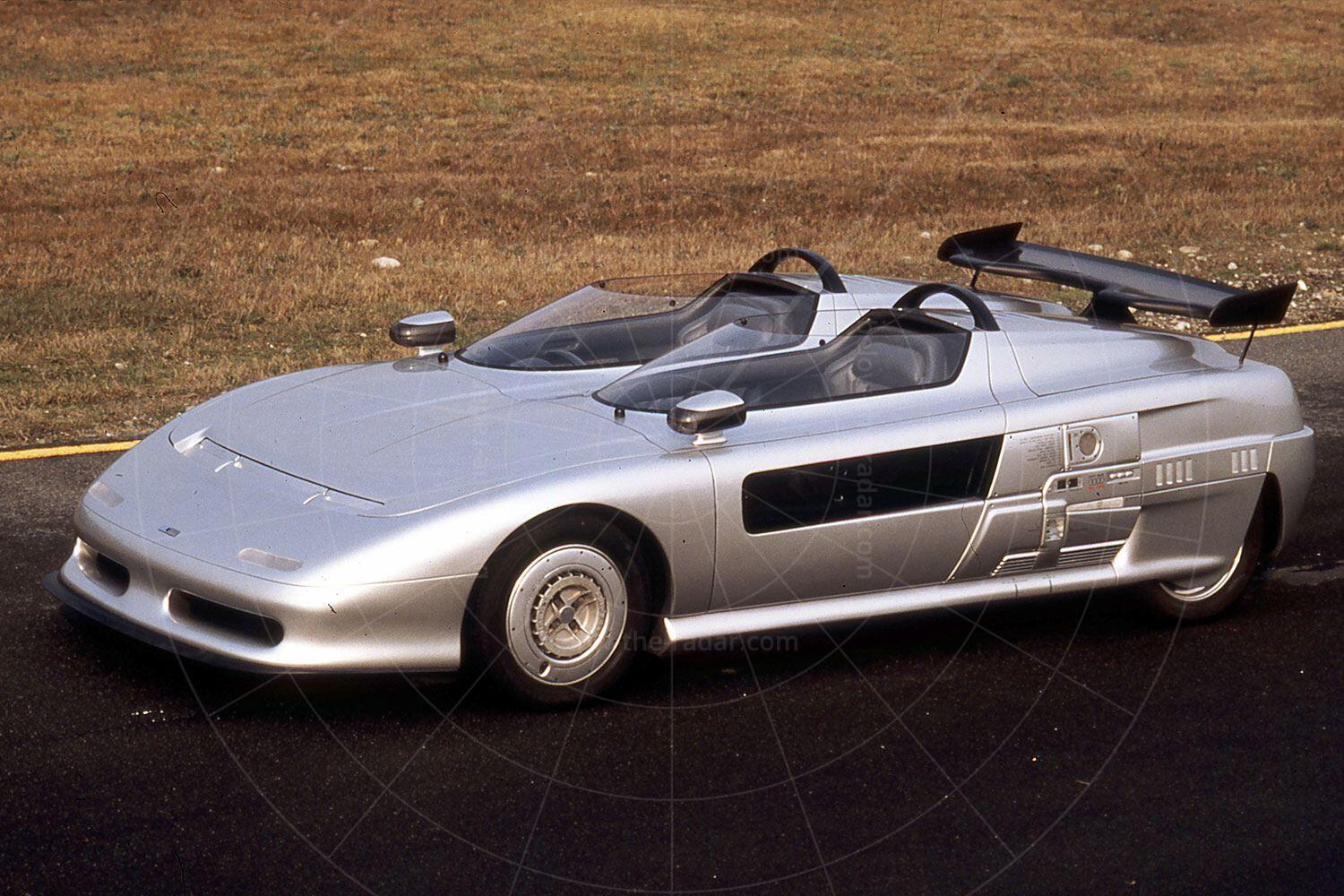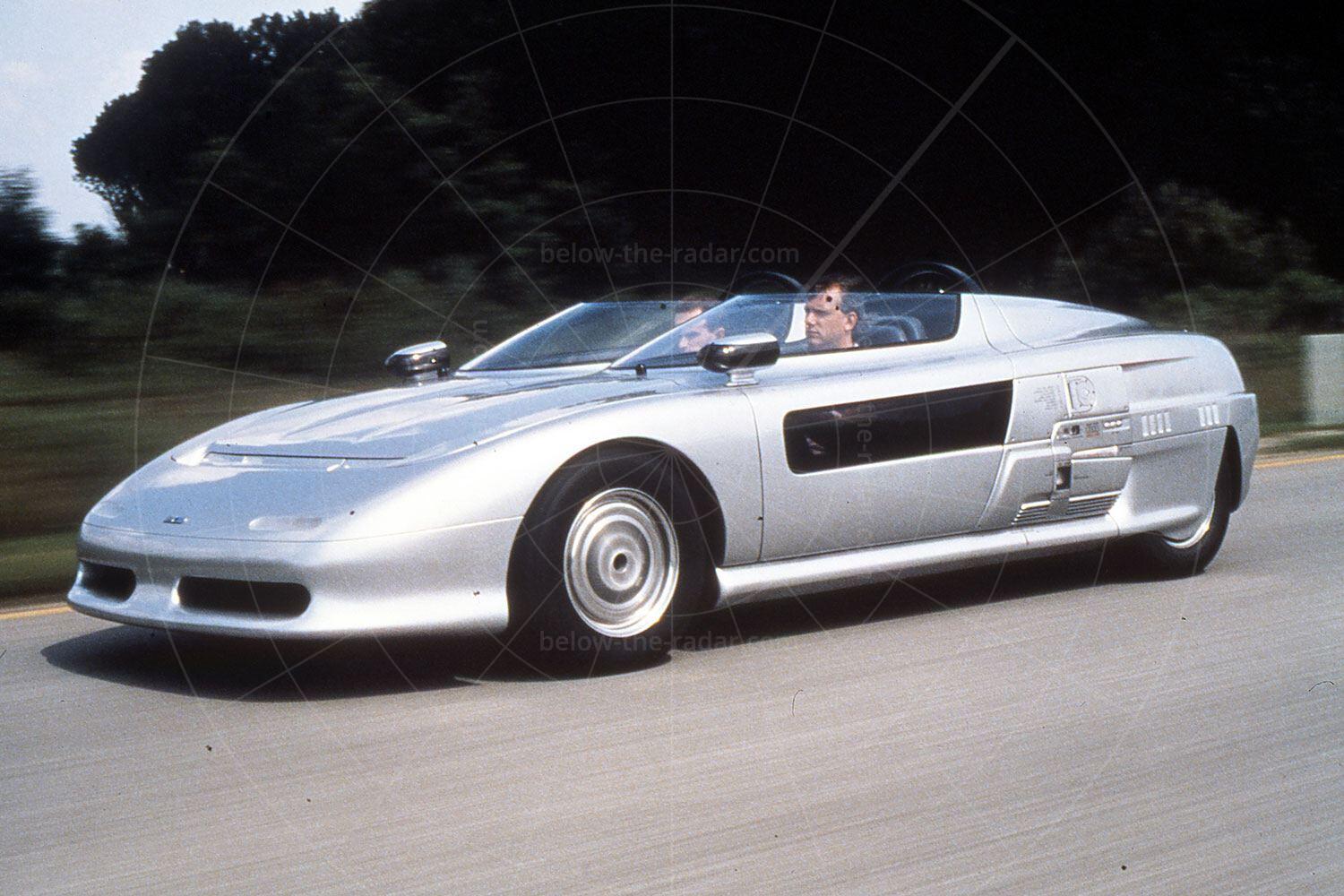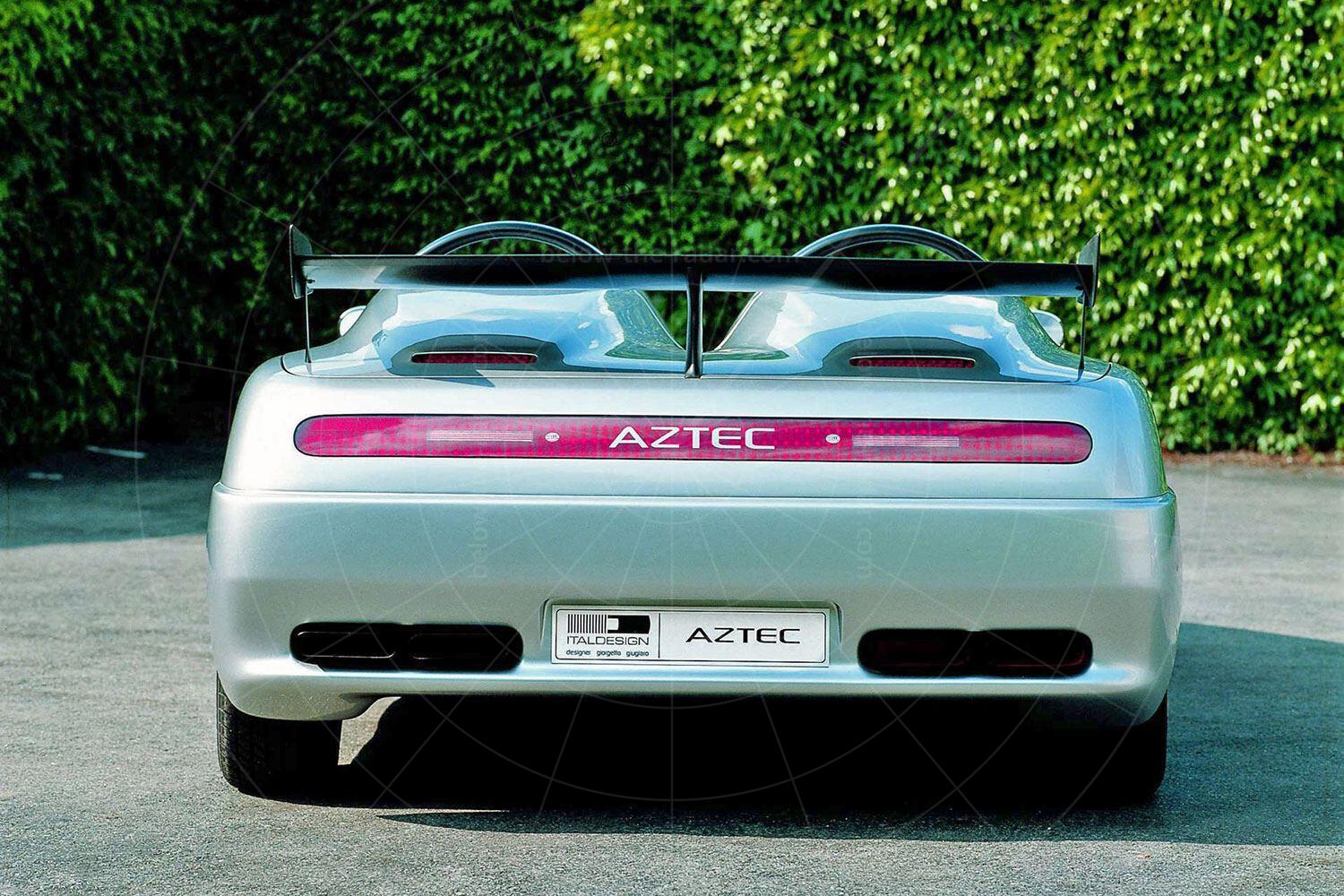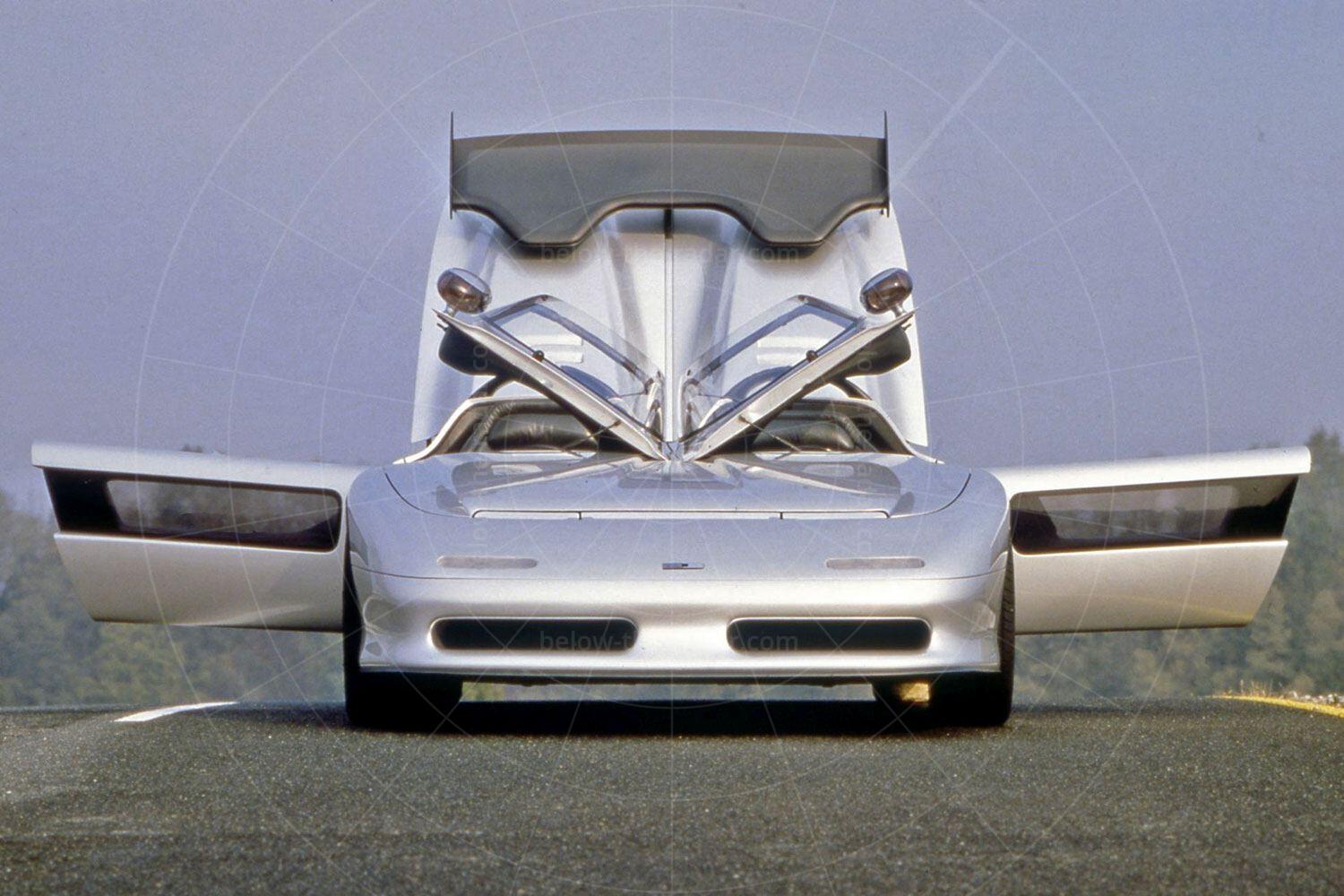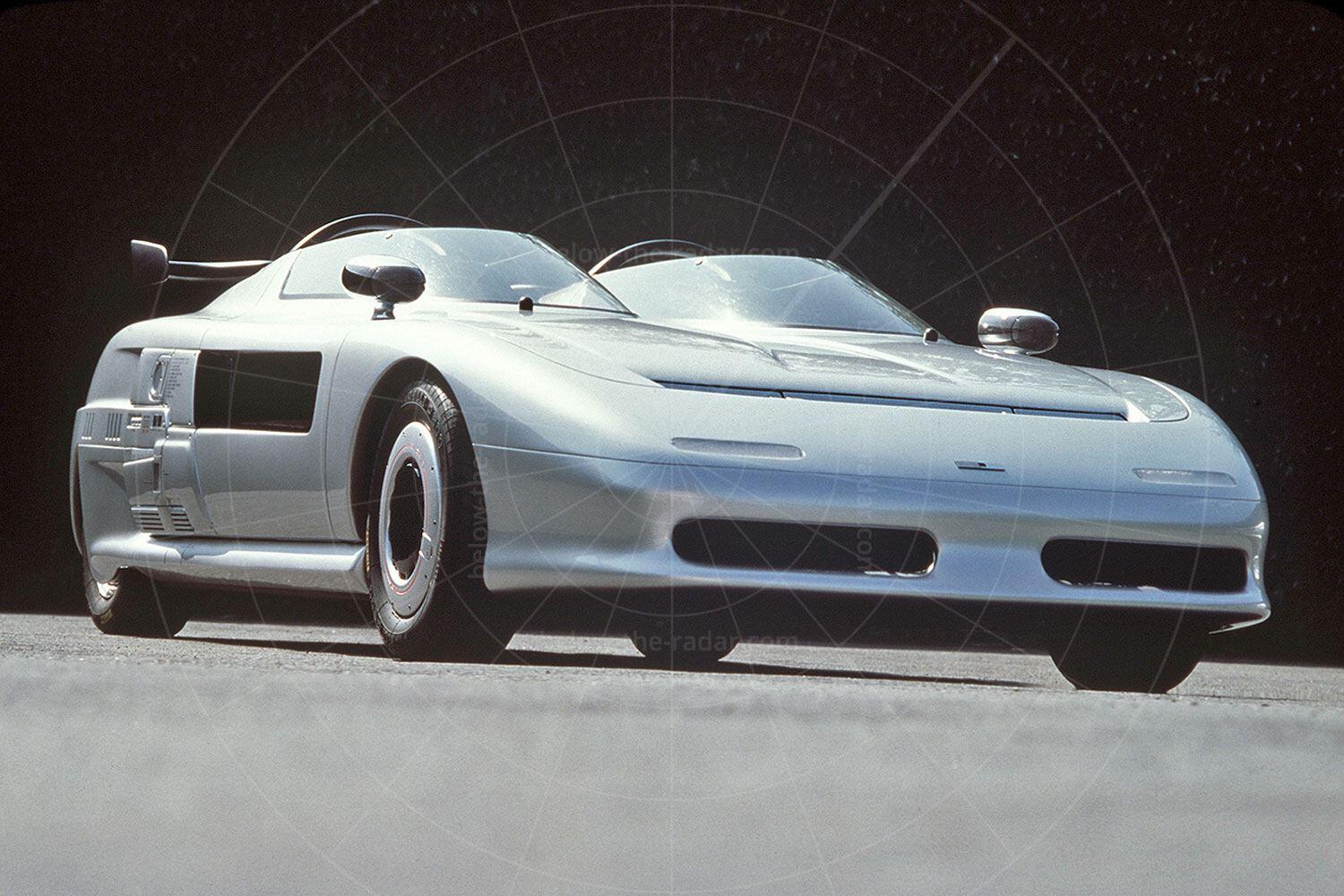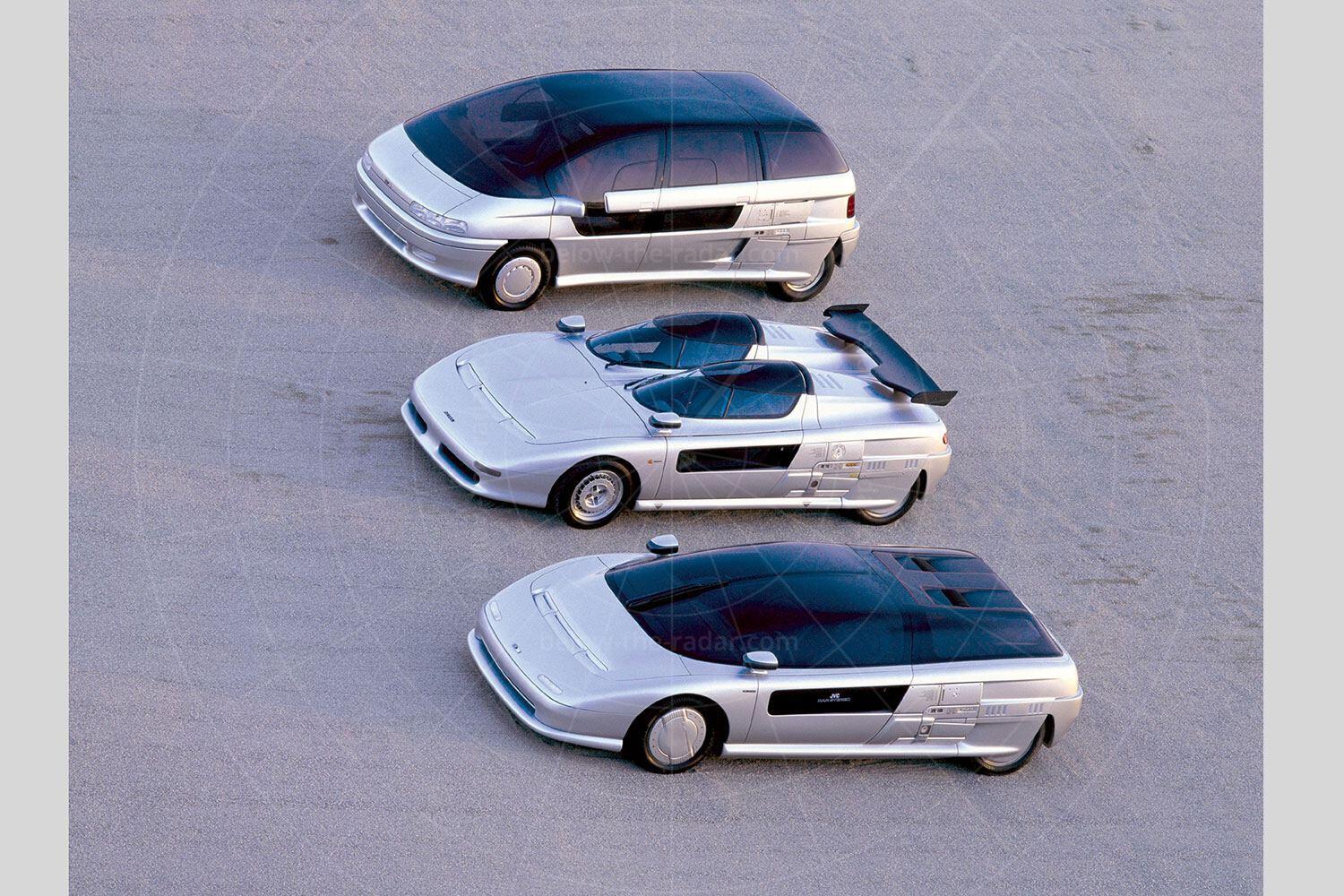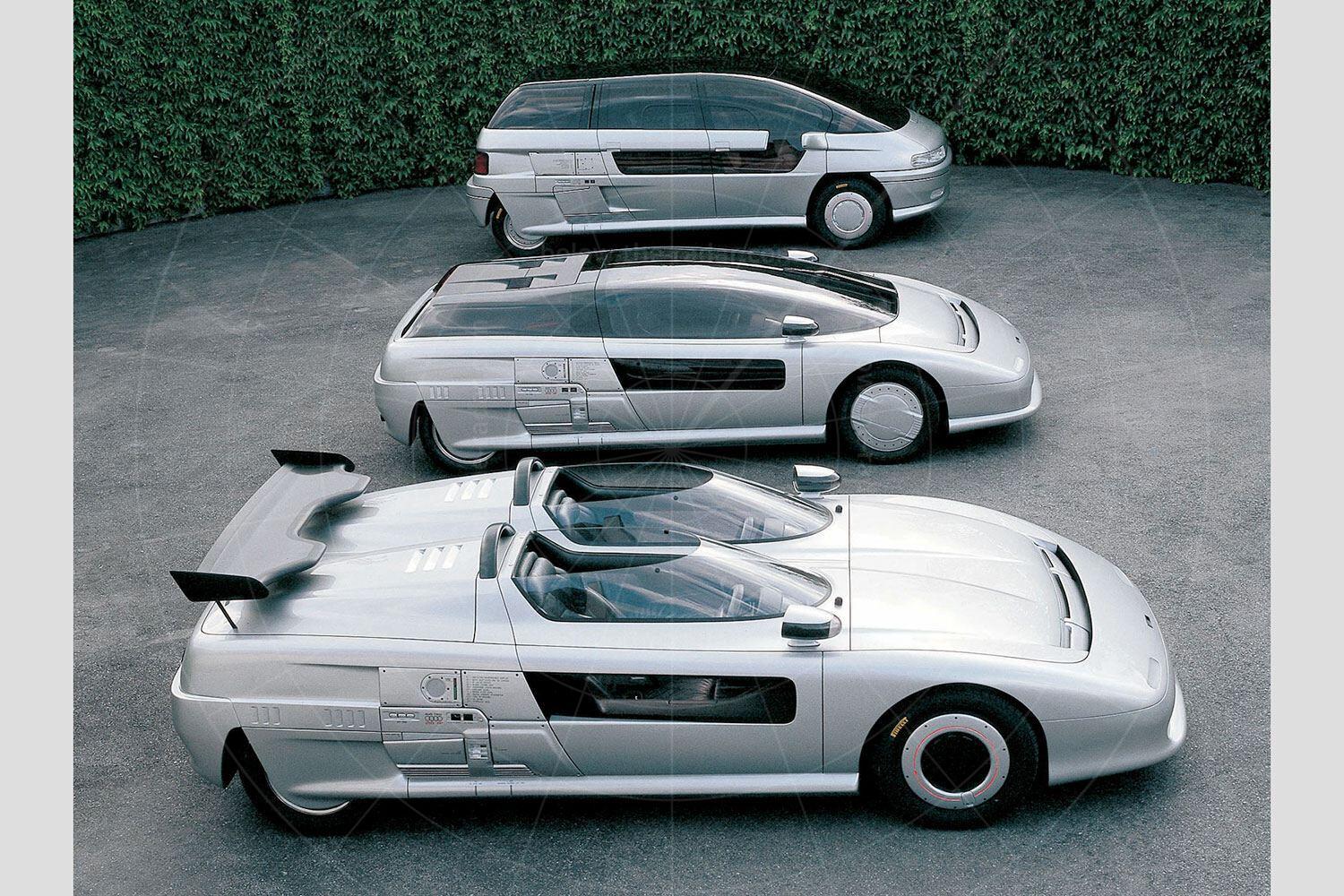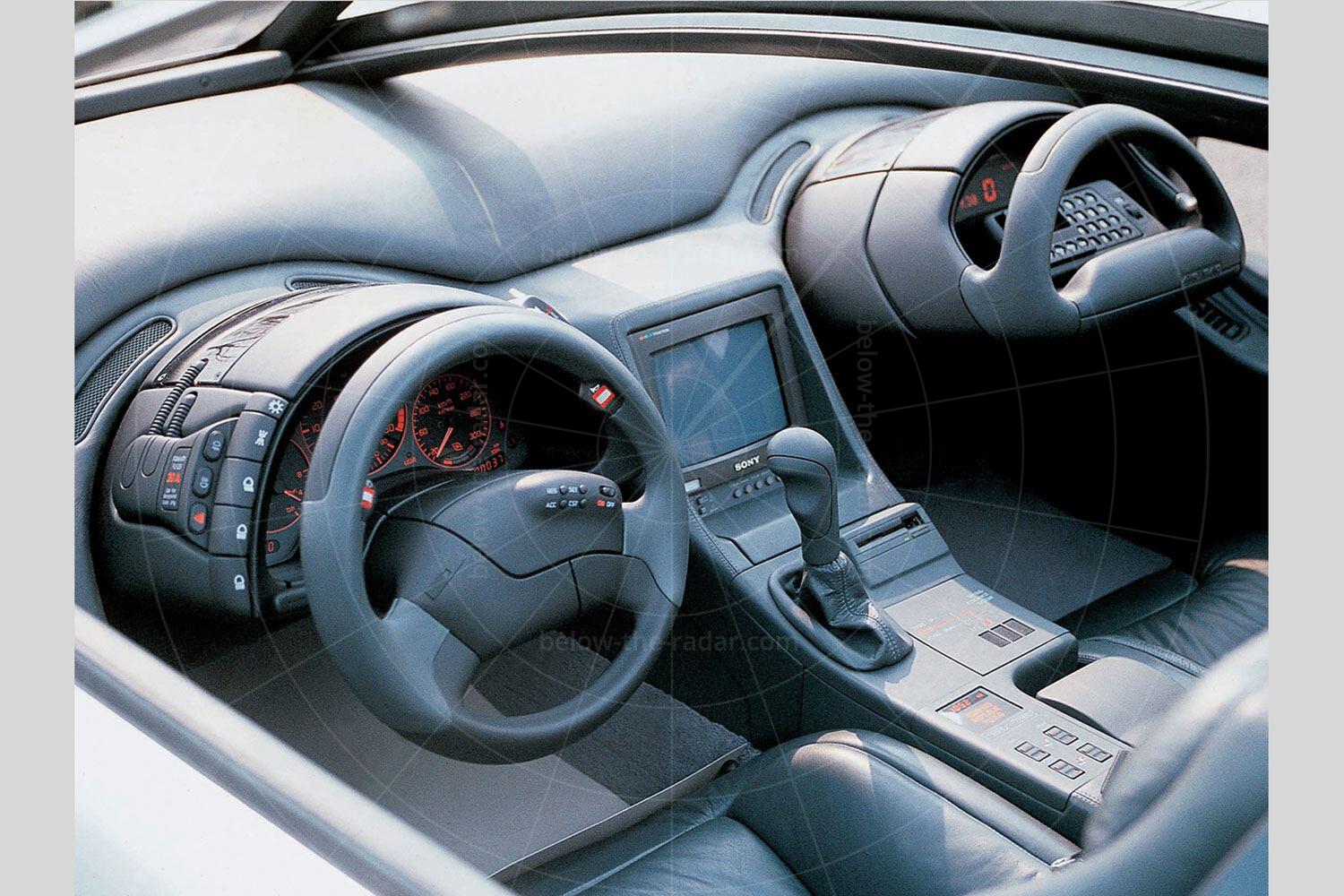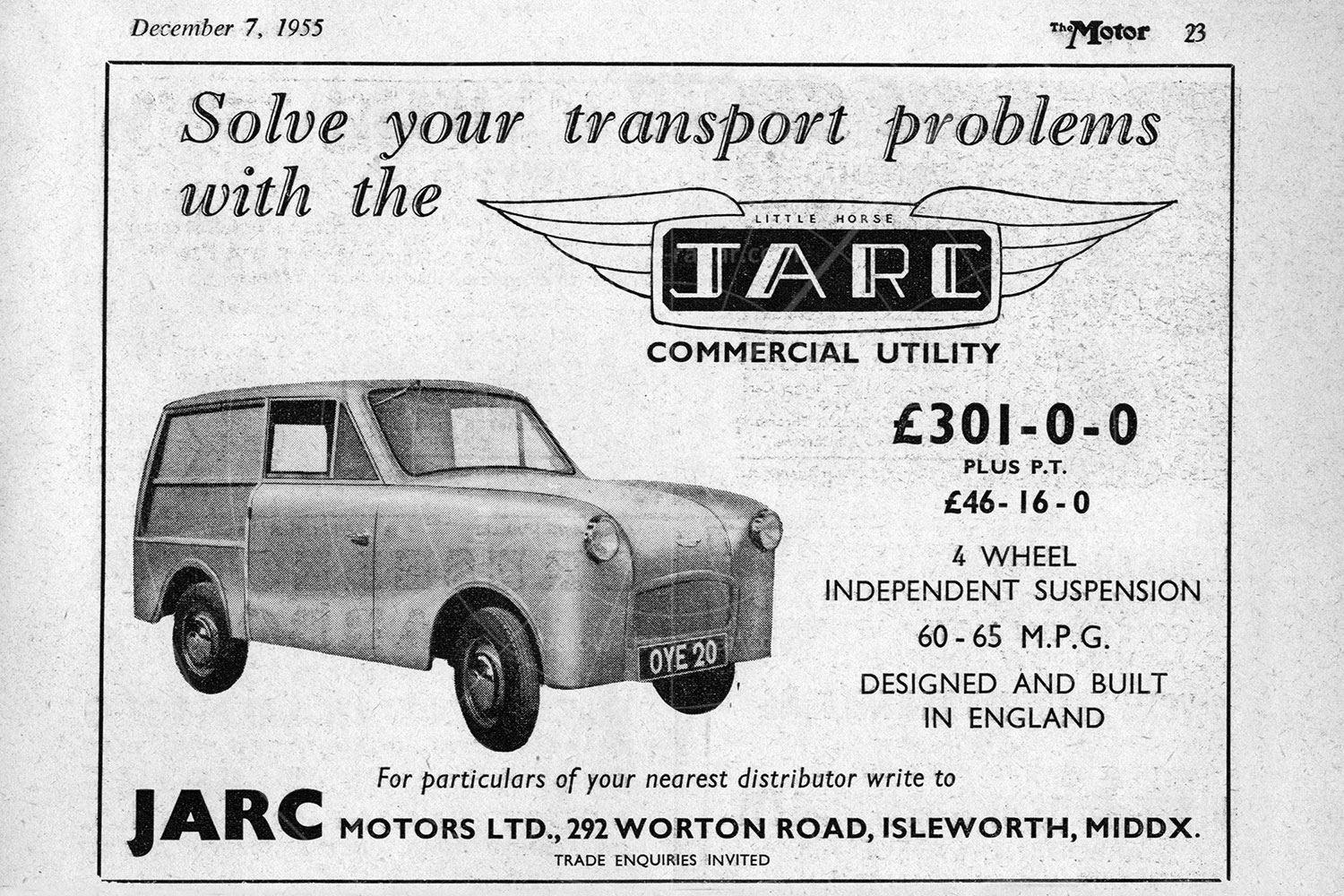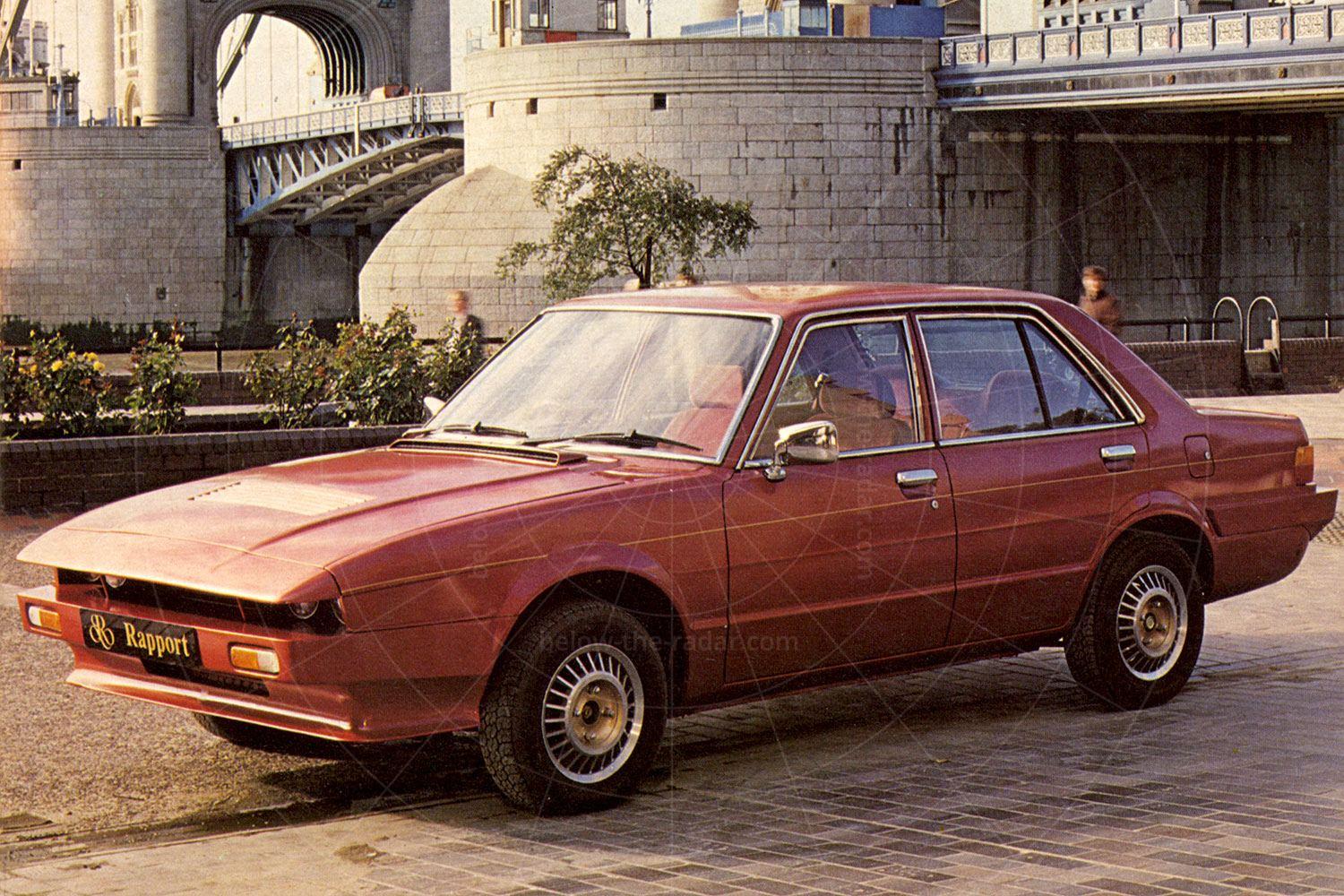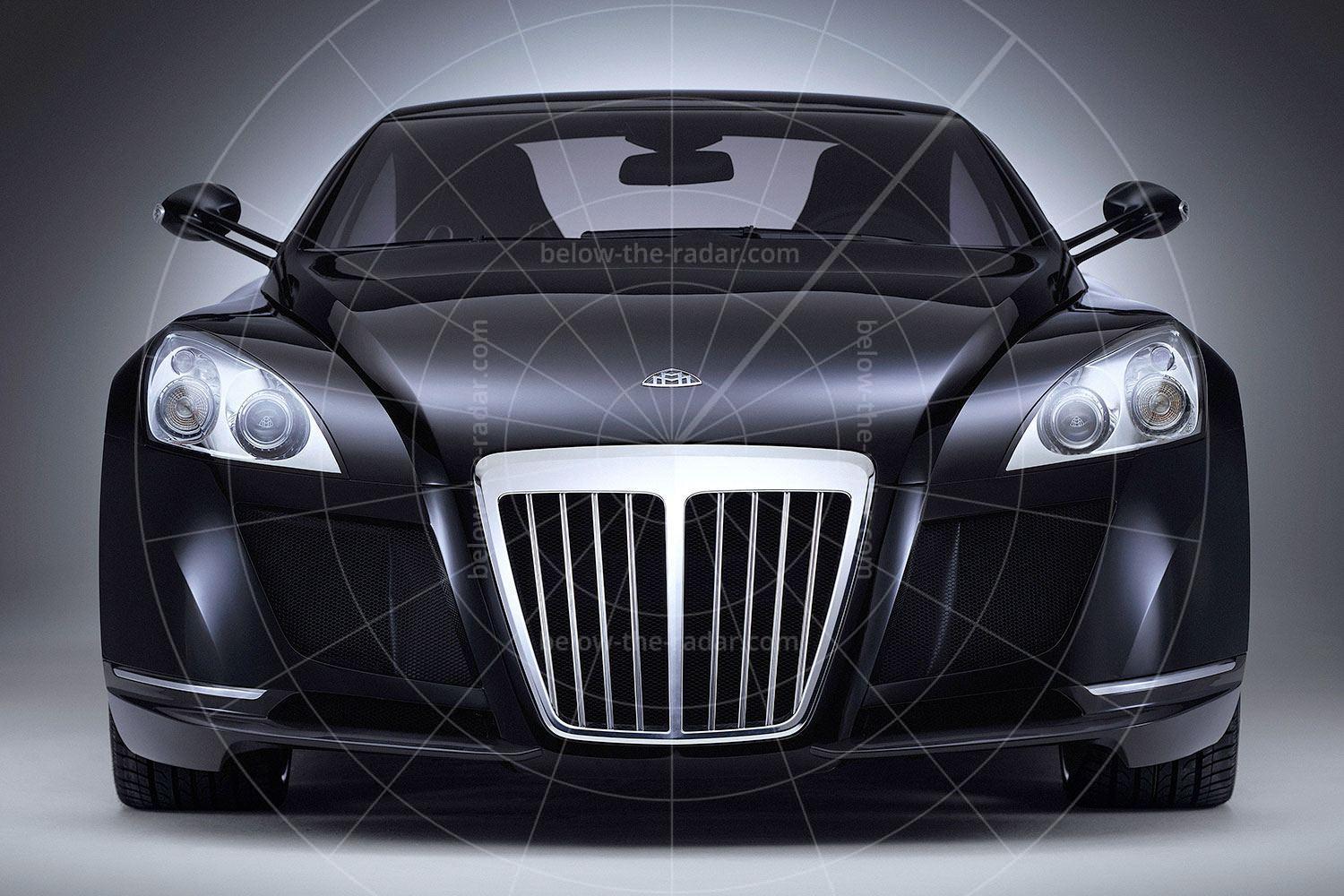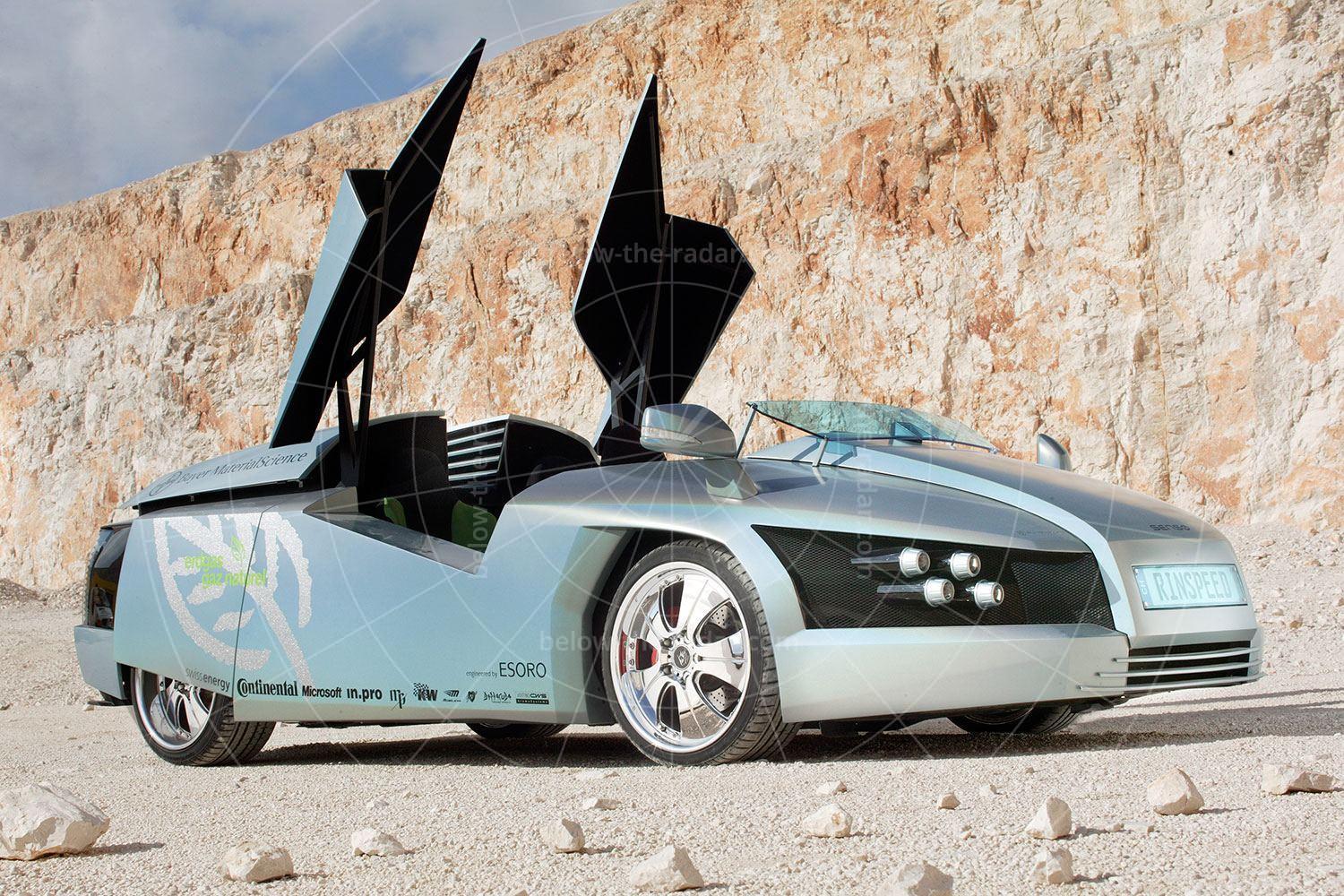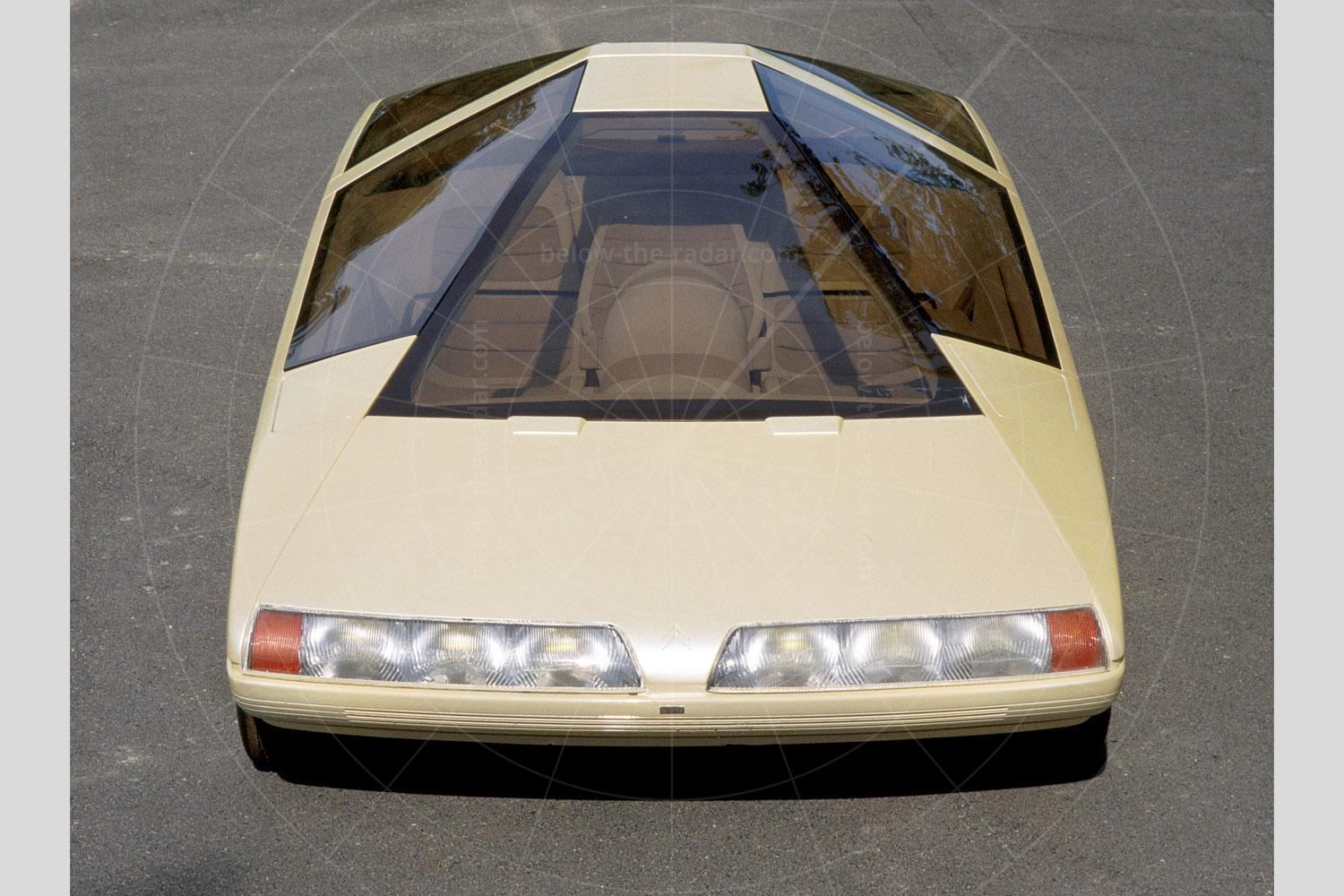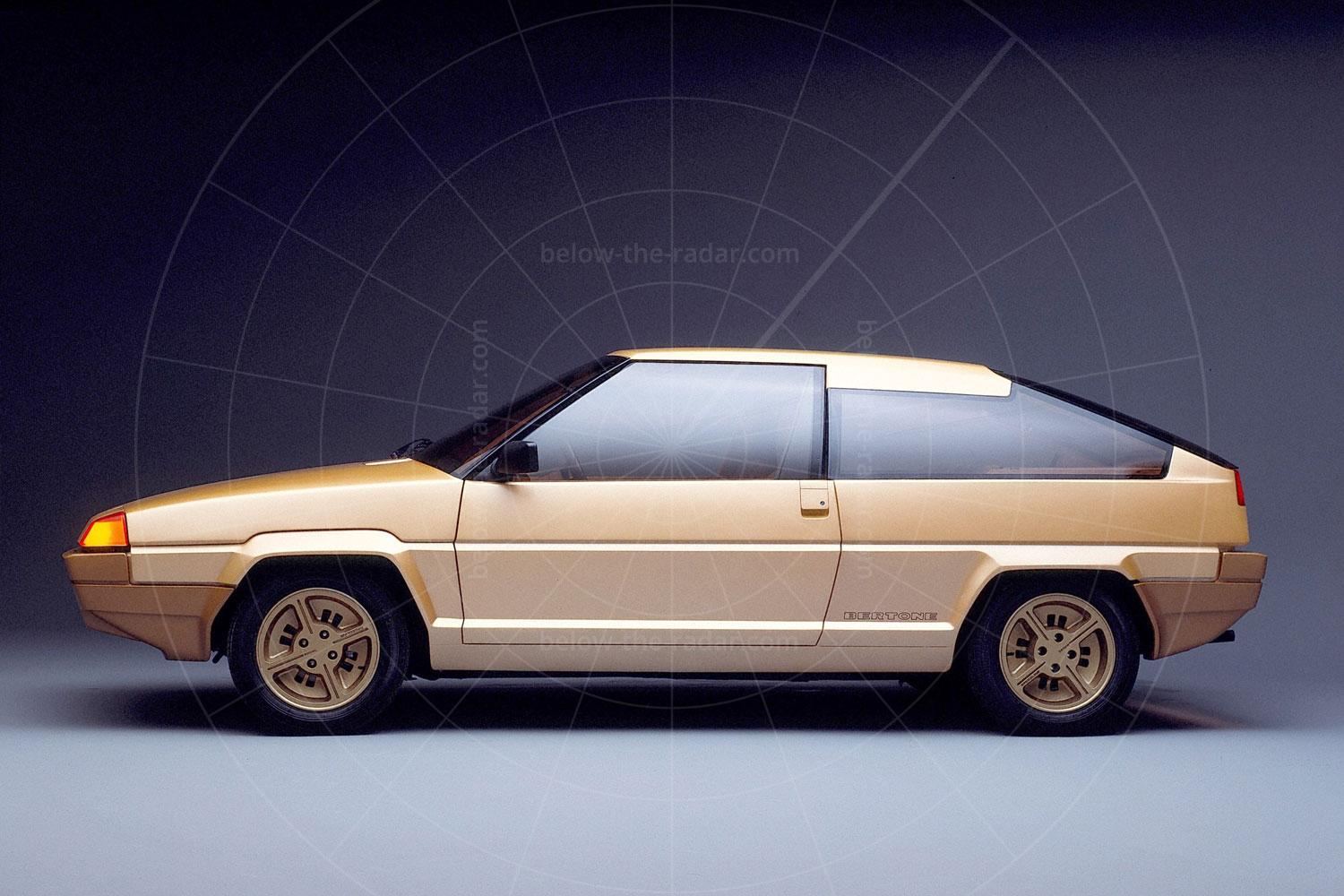The amount of work that goes into producing a single concept can be astronomical, so it’s no surprise that it’s rare to see a whole family of concepts unveiled at a motor show. But at the 1988 Turin motor show Italdesign did just that, with a trio of concepts all based on Audi mechanicals.
First there was the Asgard, which was a 6+2-seater people carrier which put the emphasis on practicality. Then there was the Aspid – a two-seater closed sports car that focused on performance and handling. Effectively it was just a toy, but even more extreme was the open version of the Aspid, called the Aztec. This was exactly the same as the Aspid up to the waist, but instead of featuring a fixed roof it had a pair of cockpits; one for each of the occupants. Each cockpit was enveloped by a canopy to keep the worst of the weather at bay, but there was no weather protection as such – this was a car to enjoy when the sun was out.
The profile set up by the windshields was continued behind the seating area, as there were fairings over the rear deck to give that authentic road-racer feel. Protruding from the front of each fairing was a roll hoop, and discreetly incorporated into the rear flanks were the cooling ducts for the mid-mounted engine.
The five-cylinder powerplant of an Audi 200 Turbo was used for each of the concepts, but the power was boosted to 250bhp, which was 50 horses more than usual. Helping to put this power down was Audi’s famed quattro four-wheel drive transmission and there were ventilated disc brakes at each corner to help rein it all in again once up to the projected 150mph top speed. Both the Aspid and Aztec featured a five-speed manual gearbox; the Asgard was equipped with a three-speed automatic instead.
The Aztec was the perfect car to travel in if you didn’t get on with your passenger very much, because each of the car's two occupants got their own separate compartments, complete with individual wrap-around windscreen. The fighter plane canopies that each occupant was afforded was just the start of the aeronautical analogy, because not only did the driver get full instrumentation, but so did the passenger. Italdesign fell short of giving the passenger a set of controls as well, but there was a handle which looked like half a steering wheel; the lengths to which Italdesign went to make the Aztec as symmetrical as possible were bordering on the bizarre.
In fact the Aztec was pretty much like two single-seaters mated to each other, although the entry and exit arrangements were rather clumsy as a result. As with any normal car there was a front-hinged door for each occupant, which opened in the conventional manner. But once that was opened the canopy had to be tilted forward before access was possible. Once seated, the canopy was lowered again before the door was closed.
Outside the car the design was just as overcomplicated, with ‘service centres’ being incorporated into the rear panels. On the right-hand side there were digital gauges to monitor the levels of the coolant and brake fluid levels. There was also a removable thermometer, a 12-volt power outlet, a hydraulic lift and a gauge that showed how much filtering capacity there was left for the engine’s air filter. Quite why this information needed to be displayed so far away from the driver’s line of sight was never stated, but the service unit on the other side of the car was equally hidden from the driver when the car was on the move. At least access to this generally wasn’t needed with the car in motion, as this compartment housed the fire extinguisher, a torch, a tyre compressor and the fuel filler.
| Vital statistics | |
|---|---|
| Debut | Turin 1988 |
| Engine | Mid-mounted, 2226cc, turbocharged 5-cylinder |
| Transmission | 5-speed manual, four-wheel drive |
| Power | 250bhp |
| Top speed | 150mph (claimed) |

